Boisali Biswas was born and brought up in India, studying at the prestigious Visva-Bharati University founded by the Nobel laureate in literature, Rabindranath Tagore. Boisali’s love for both weaving and surface design means her mixed-media fiber art employs many different techniques including 4 harness weaving, ikat, painted warp and screen-printing.
In our interview with Boisali we talk about her move from India to the USA, her instinctive working practice and discuss the satisfaction she gets from using up all the scraps of re-purposed materials.
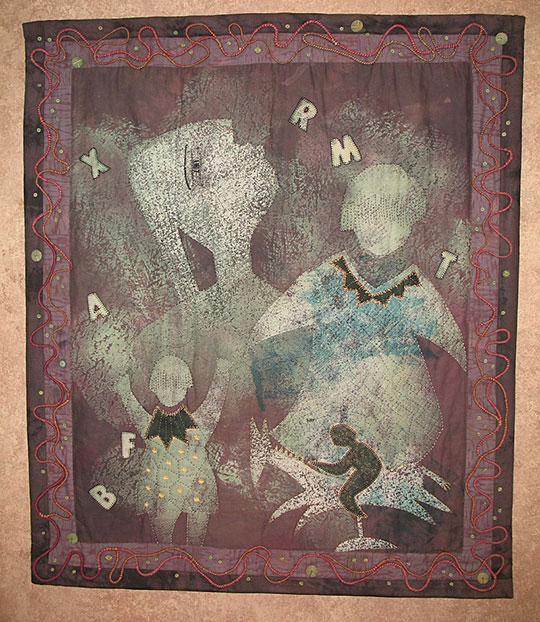
A land of textile wonders
TextileArtist.org: What was your route to becoming an artist? (Formal training or another pathway?)
Boisali Biswas: Having been born and brought up in India, a land of textile wonders, I guess I inadvertently developed an immense love for the tactile quality of textiles. Like many, I have always loved to make art. I began my art career as most artists do, starting with a BFA at an art school, inclining more towards painting, printmaking and sculpture. Fortunately the art school that I went to was part of one of the most prestigious universities in the country and very unique. It was founded by Rabindranath Tagore, the Nobel laureate in literature and was set up in a very idyllic location, away from any big city. According to Tagore’s philosophy of education
‘the aesthetic development of the senses was as important as the intellectual and music, literature, art, dance and drama were given great prominence in the daily life of the school. It was his poetic vision that enabled him to fashion a scheme of education which was all inclusive, and to devise a unique program for education in nature and creative self-expression’
Those five years had a profound influence on me as a person and an artist that I am today.
Rabindranath Tagore on education
In our third year of the 5-year course, a department was started with Textiles and Ceramics. After working with both for a year, it became a hard choice but I opted for Textiles. India being one of the greatest mass producers of handmade textiles, in the mid-80s there was hardly any studios for Textile Art. And we didn’t have much access to what was going around in the Fiber Art world either. There was one artist Mrinalini Mukherjee, who used to make large knotted sculptures. Having a background in drawing and painting and then growing a love for weaving, I was determined to develop textile as an art form, as another medium of Art. With my experiments in Tapestry, I was brave enough to hold a solo show of my ‘Paintings Thru Weaving’, the first of it’s kind in a city gallery, after my BFA. After moving to the USA I finished my MFA, during which, I got more exposure to weaving and a whole new world of Surface Design, which opened up new avenues for me.
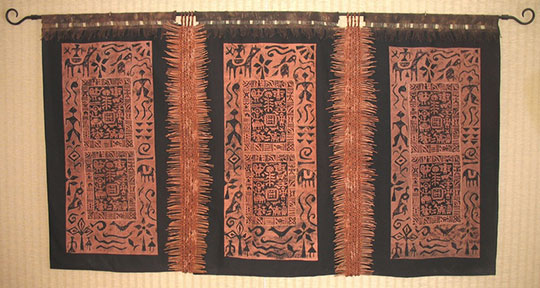
What is your chosen medium and what are your techniques?
My chosen medium is mixed media. Intrigued by both weaving and surface design, I like to combine all kinds of materials and processes from dyeing, printing, discharge printing, painting, weaving with yarns, copper, wire, reed, plastic fruit netting etc. ikat, shibori, embroidery, wrapping, sculpting
How would you describe your work and where do you think it fits within the sphere of contemporary art?
My work is based on traditional techniques with a contemporary flair but I would not call them cutting-edge, conceptual work. They reflect my emotions, my environment, my background, my everyday life and my lifelong fascination for Ethnic Arts around the world.
Playing with the surface
Tell us a bit about your process and what environment you like to work in?
My life, travels, environment all have a great influence on my work. For more than 10 years now, I have stopped buying any more materials unless I absolutely need to. As artists, we all love to hoard stuff especially if we work in mixed media. I have reached a point in my life where I feel it’s my responsibility to use up those.
Growing up I have always seen my family reusing and recycling tremendously. I have seen my grandmother and mother making Kantha from used saris, getting the yarns out from the heavy borders and using those for the stitching. So I have never adapted to a throw away lifestyle. I take pride in giving new lives to things, be it my art, clothes, curtains, furniture, outdoor fence, patio etc.
We had an old fence around our patio that I painted murals on and with my daughter we doodled on the concrete patio giving the look of an ephemeral floor painting very prevalent in India.
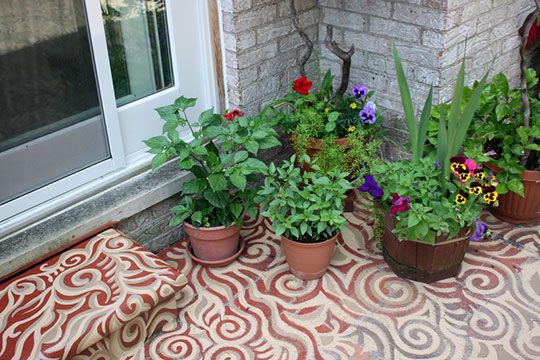
One way of how I start an assemblage is when I have conceived a composition, I get out fabrics, weavings I have not used, previous work that hasn’t worked for me and see if I can somehow incorporate them in the new work. Anything that doesn’t speak to me, goes back in the stash. Then I start to lay them and go back and forth, create new fabrics as needed, whether woven or dyed, printed, painted etc. to use them with the old stash.
There are several other ways that I start new work. For many years I have been painting on Paintable wallpaper and weaving with strips cut from those. For those, I start afresh by painting. Few times I have taken apart old work and gave them a totally new life by over painting and reweaving.
My art quilts are also my own method of putting various size of fabrics together. I don’t follow the traditional quilting process. I love incorporating ceramics, wood, reed, twigs etc. in my work. Recently I have been weaving with plastic fruit netting and using styrofoam forms which cannot be recycled. So my work has been turning more and more towards mixed media.
Do you use a sketchbook?
I do, but rarely does my finished work represent my ideas jotted down. My sketchbook is merely for sketching.
What currently inspires you and which other artists do you admire and why?
In general the Fiber Art world now is extremely inspiring! All that is being done all over the world, with all the new materials and technologies available, it becomes overwhelming to some extent. As a result it is hard for me to pin point any names. Thanks to the internet, social media, wonderful magazines, books, inspiration these days are boundless. Sometimes I take break away from looking at any more work, in order to focus on my own work. I have always admired the great Colorists, the Expressionists, the Orphists, and so much more. Trips to Modern Art museums are my favourite, to come back awe-inspired. As a person, someone who has influenced me most is Shanu Lahiri, a leading painter from India, who passed away in 2013. She has been my mentor, my role-model, not only for her artwork but for opening my eyes to living the life of an artist in every sense.
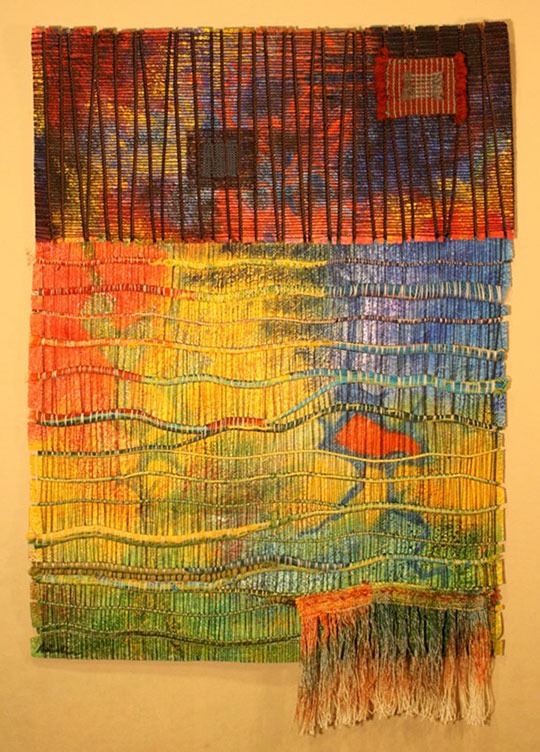
A self-taught quilter
Tell us about a piece of work you have fond memories of and why?
I have many favorite pieces but I would like to mention one in particular. It was my very first quilt. I am a self-taught quilter and like to work in my own way, without much piecing, and with no rules. And at that time I was absolutely obsessed with my first-born child, my daughter. I had just completed my MFA and learnt to screen-print photographic images onto fabric. So I started on a whole-cloth quilt with a pieced border. Appliquéd her baby pictures (cut out of my screen-printed fabrics) on a recycled fabric, screen-printed with discharge paste, which gave it a very unusual green. I then filled it up with images of her favorite words and objects, and wrote about her association with me since I conceived her, on the border. Being new to quilting, I didn’t have the courage to machine quilt for the fear of puckering, so I hand quilted it, though not extensively. And thus was born My Little Sunshine.
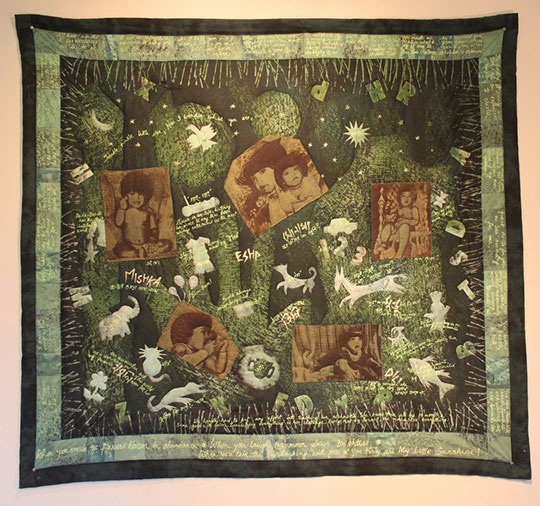
How has your work developed since you began and how do you see it evolving in the future?
My work has evolved a lot from where I had started. One aspect that has remained is I always loved to work with throwaway materials and that interest has stayed. Recently I have started experimenting with translucent weaving and installations. The interplay of light and shadows with translucency has been very intriguing. I have been using a lot of inlay weaving in these, exploring my love for Ikat and Jamdani weaving, a traditional weaving technique from India and Bangladesh. I am eager to continue that journey, alongside my assemblages.
What advice would you give to an aspiring textile artist?
Work hard, have focus and try to develop some specialised skills. Working for your inner self is the most important.
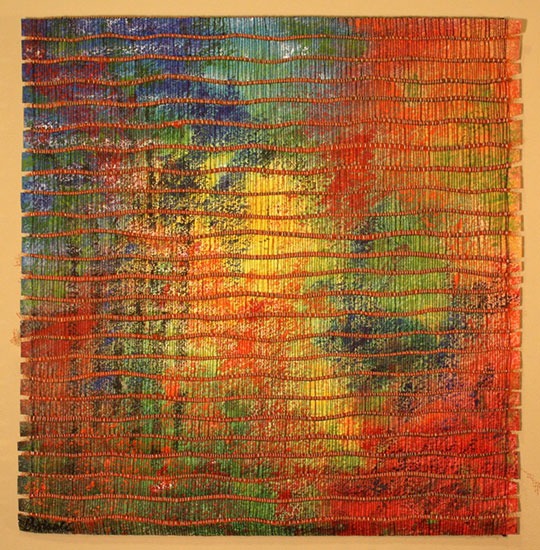
Connecting with people
Can you recommend 3 or 4 books for textile artists?
Textiles: The Art of Mankind by [easyazon_link asin=”0500516456″ locale=”UK” new_window=”default” nofollow=”default” tag=”wwwtextileart-21″ add_to_cart=”default” cloaking=”default” localization=”default” popups=”default”]Mary Schoeser , all the [easyazon_link asin=”1607055724″ locale=”UK” new_window=”default” nofollow=”default” tag=”wwwtextileart-21″ add_to_cart=”default” cloaking=”default” localization=”default” popups=”default”]Fiber Art Design Books for inspiration. And [easyazon_link asin=”1564771490″ locale=”UK” new_window=”default” nofollow=”default” tag=”wwwtextileart-21″ add_to_cart=”default” cloaking=”default” localization=”default” popups=”default”]Complex Cloth and [easyazon_link asin=”1596681950″ locale=”UK” new_window=”default” nofollow=”default” tag=”wwwtextileart-21″ add_to_cart=”default” cloaking=”default” localization=”default” popups=”default”]Art Cloth by [easyazon_link asin=”1564771490″ locale=”UK” new_window=”default” nofollow=”default” tag=”wwwtextileart-21″ add_to_cart=”default” cloaking=”default” localization=”default” popups=”default”]Jane Dunnewold .
What other resources do you use? (Blogs, websites, magazines etc.)
Many blogs, SDA website, Fiber Art Now, SAQA, their Facebook pages, SDA journal.
What piece of equipment or tool could you not live without?
My loom and my sewing machine.
Do you give talks or run workshops or classes? If so where can readers find information about these?
I do teach workshops locally and give talks about my work, mostly local. People get to know about these through group emails and Facebook. People have found me through my website and requested for lectures and solo shows. I appreciate any comments with email, on my webpage or a direct email. I love to connect with people who appreciate my work.
How do you go about choosing where to show your work?
I am on the constant lookout for places to show my work, in gallery settings, art centers, places that appreciate Fiber Art. Sometimes libraries, hospital lobbies, or other public places are good for exposure to general public who would not otherwise visit an art gallery.
Where can readers see your work this year?
At the Scott Gallery at Caroll Community College, from 2nd November til 11th December 2014. And at www.boisalibiswas.com, I always update my website with upcoming shows.
For more information please visit: www.boisalibiswas.com
If you’ve enjoyed this interview please let us know by leaving a message below
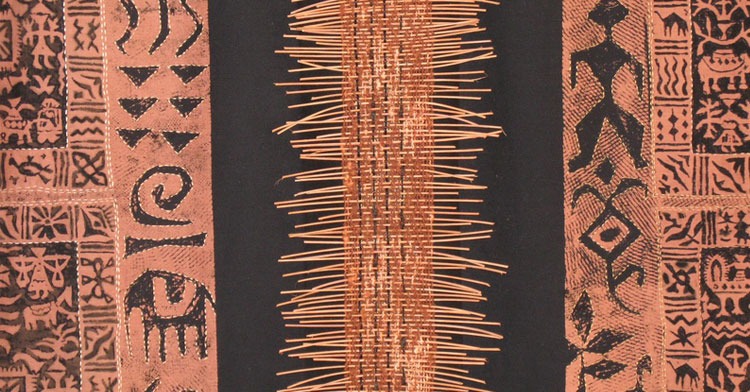

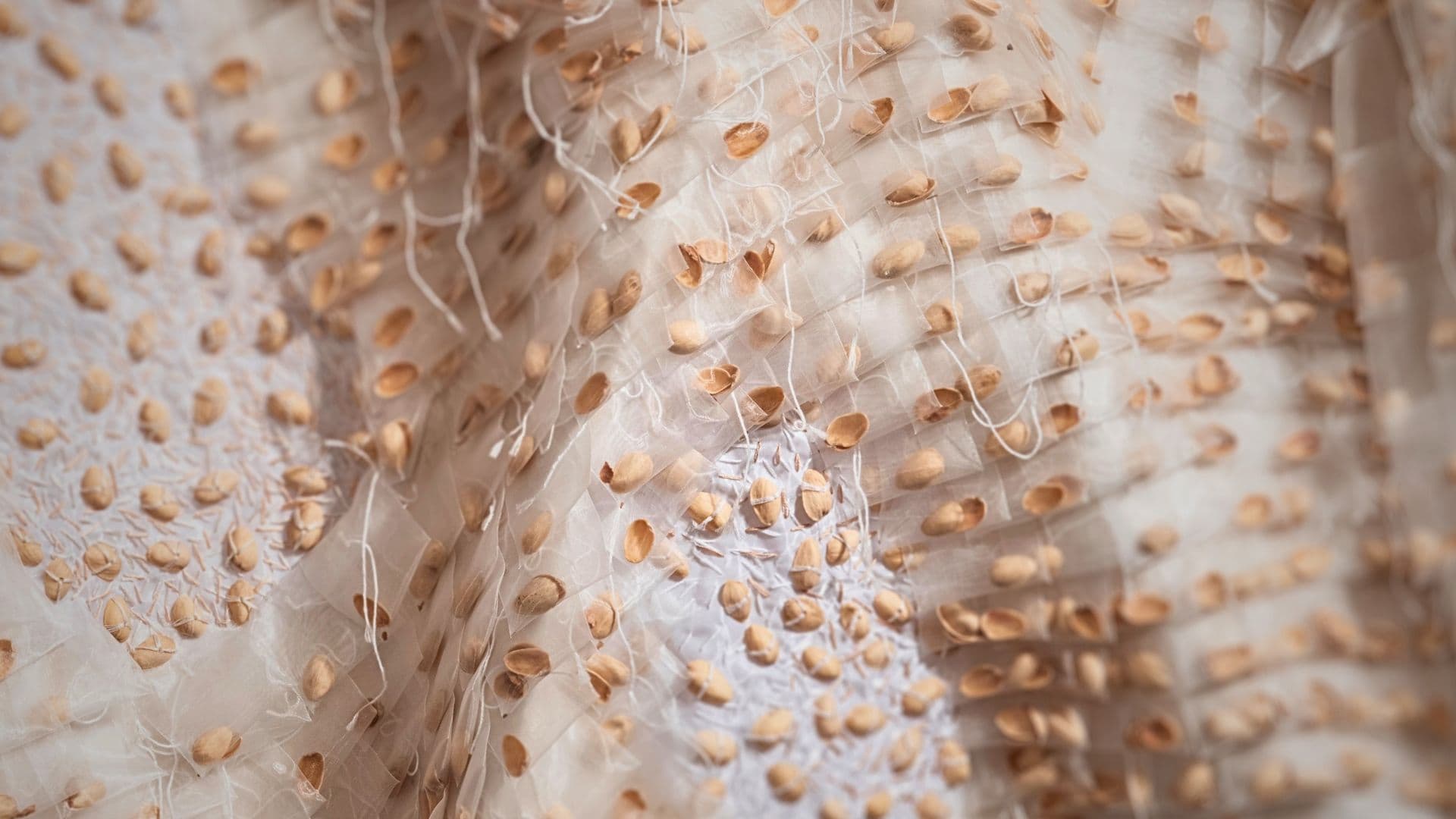
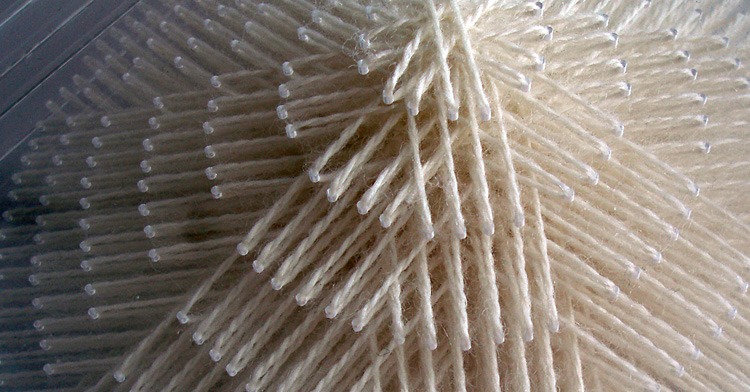
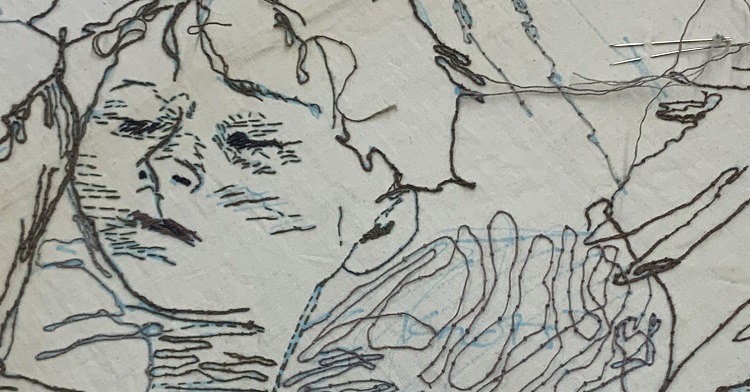
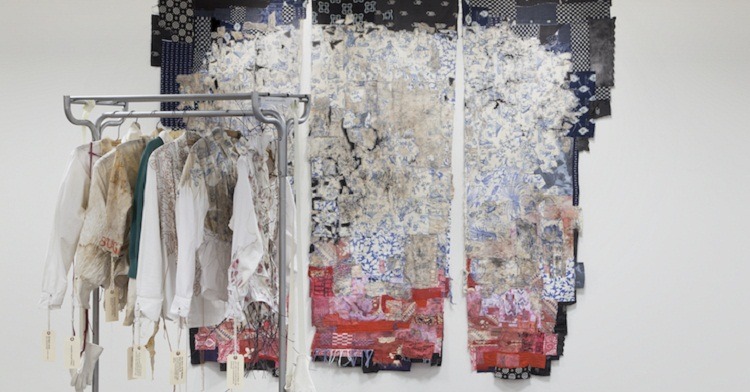
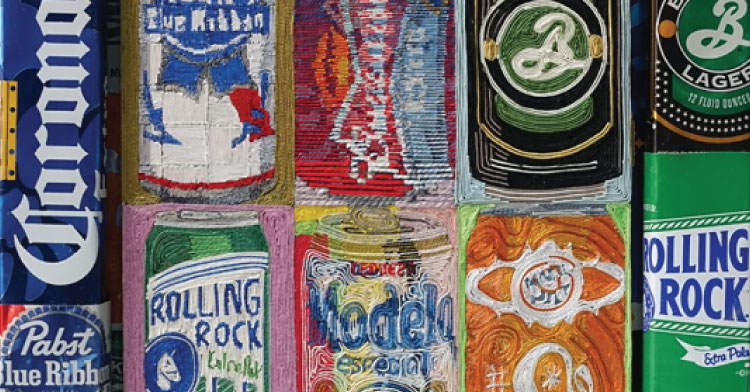
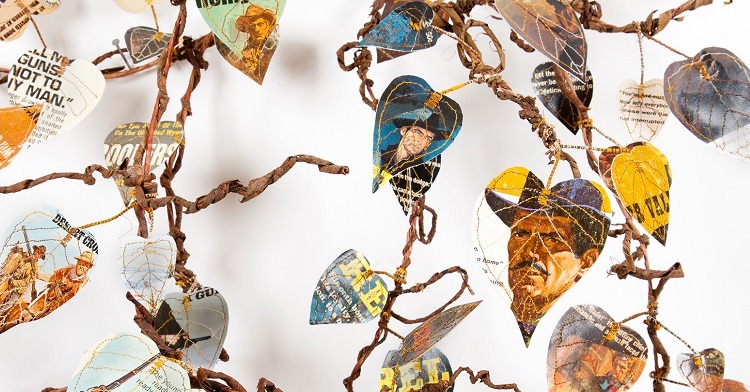
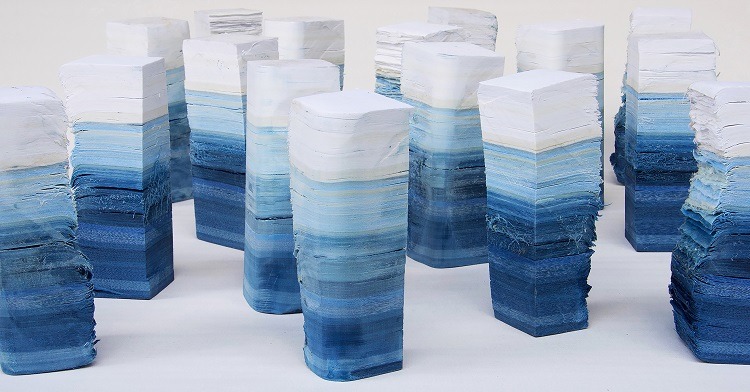
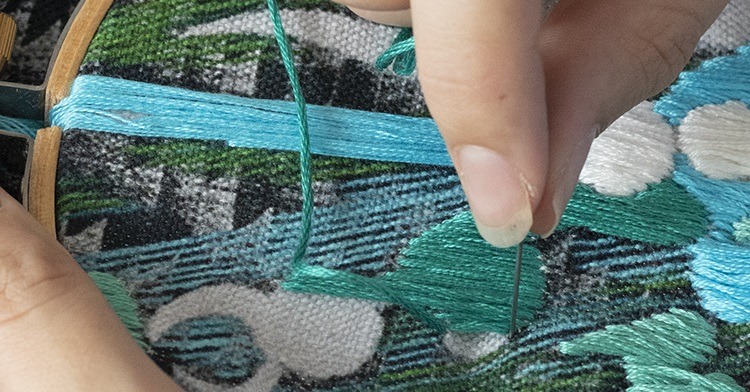
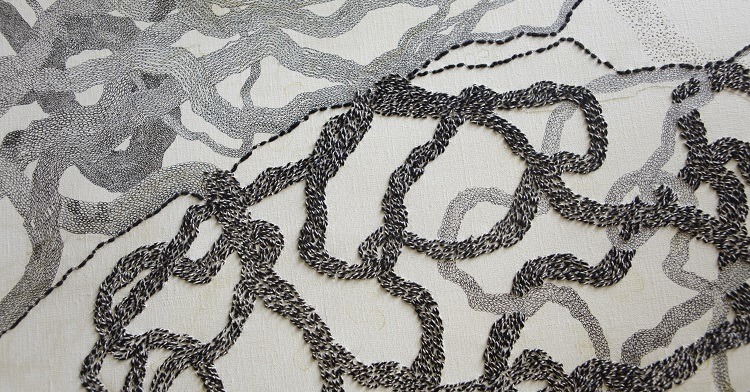
Comments